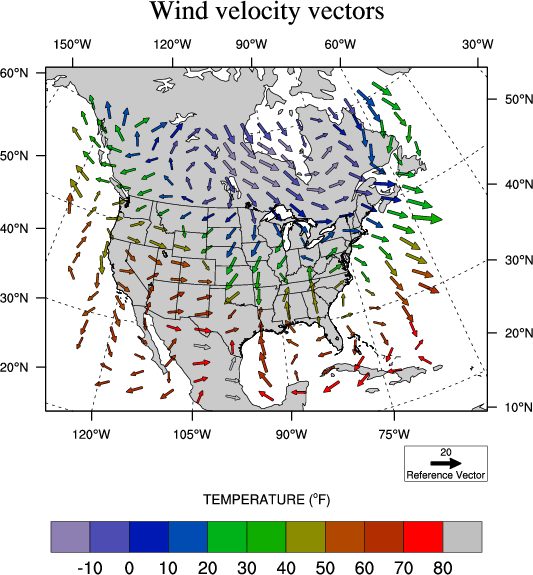

Some of you may have tried to print cubed_numbers from the example above, but perhaps you didn't get what you expected. In the example above, our function is called cube, so we pass in cube, not cube(). We haven't called that function ourselves. One thing we should take note of here is that we've only passed in name of the function we want map to call for us.

We can use map like so: def cube(number): Let's say I want to cube every number in a list of numbers. In other words, map is a way of performing some action for every item in an iterable, just like a comprehension. And what are functions? They're just a means of defining some action we want to perform in a reusable way. Map is a function that allows us to call some other function on every item in an iterable. Now that we have this mental model of comprehensions, the parallel to map is going to be very clear.

With this in mind, we can really think of comprehensions as a way of performing an action for every item in some iterable, and then storing the results. We don't have to bother with a much more verbose set comprehension: names = If we just want to turn the names list to, say, a set, we can do this instead: names = For example, we might want to turn every string in a list to title case: names = We only use a comprehension when we want to change something about the values when we make this new collection.

However, there are cases where we want to make a new collection and a comprehension isn't necessary. We use a comprehension when we want to make a new collection from some other iterable. What I want to talk about is what comprehensions are for. We've used comprehensions quite a few times now, so I don't really want to recap the syntax here. We're also going to be looking at a couple of function based alternatives to the comprehension syntax called map and filter. This is going to allow us to create a new collection from some subset of the original values. We have a list of numbers and we want to double them.Welcome to day 20 of the 30 Days of Python series! Today we're going to be expanding our use of comprehensions to incorporate filtering conditions. Too much information? Let’s see some examples. Furthermore, anonymous functions, also called lambda functions, are functions that are defined without a name using the lambda keyword. The map function is indeed a built-in function provided by the standard library of Python. When we think about a function in Python, we automatically think about the def keyword, but the map function does not only accept functions created by the user using def keyword but also built-in and anonymous functions, and even methods :)īuilt-in functions are already created functions that are always available to use. Let’s get started! 😍 First argument: A functionĪs previously stated, the map function accepts a function as the first argument. In this article, we will analyse in more detail the two arguments and the return value provided by the map function. This object is basically an iterator that we can convert into a list or set, using again built-in functions. The map function takes two arguments: an iterable and a function, and applies the function to each element of the iterable. To properly use any function or method, it is recommended to first view it just as a black box, understanding the arguments that we provide (inputs) and the return value given by the function (output).


 0 kommentar(er)
0 kommentar(er)
